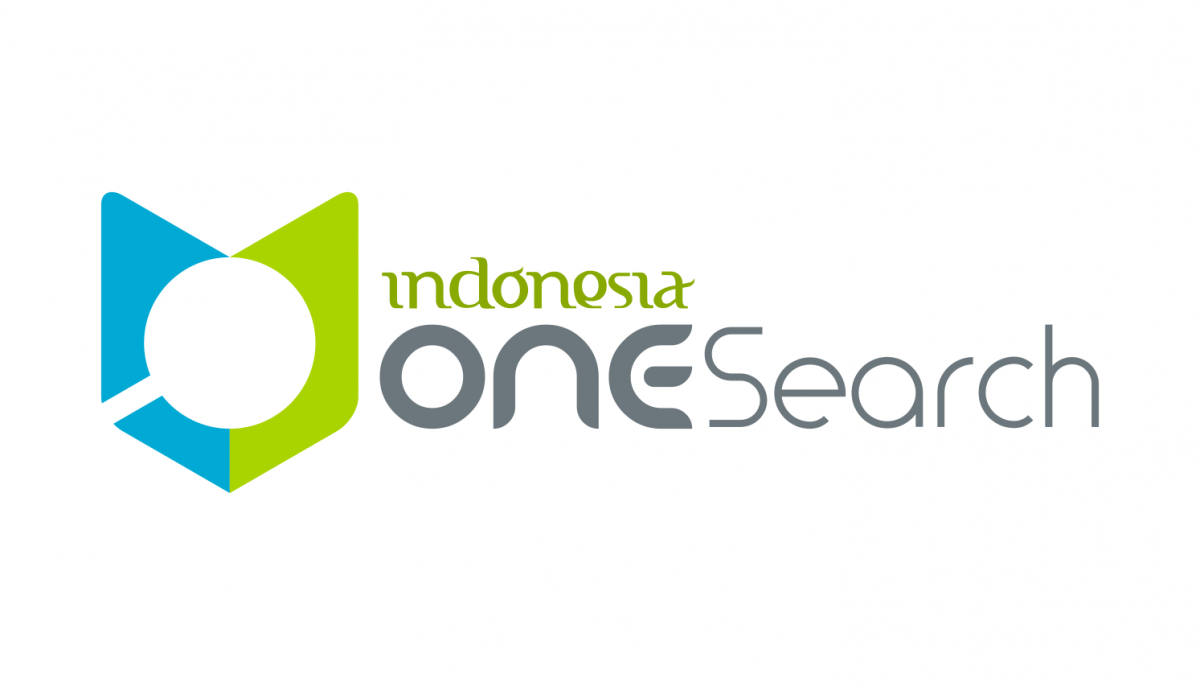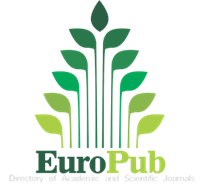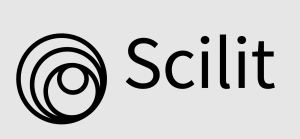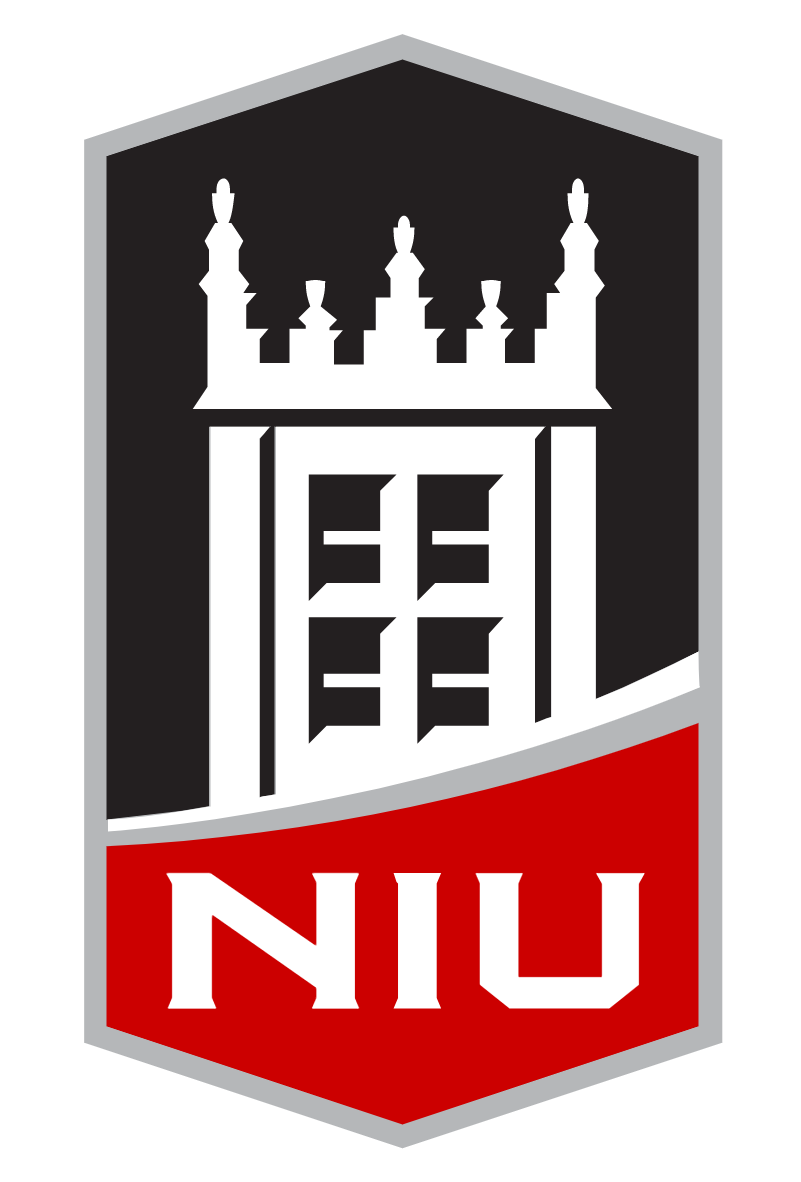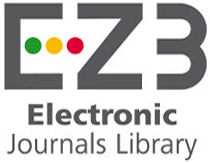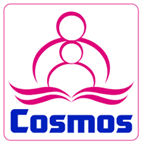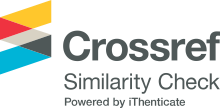Abstract
Background: Lichen amyloidosis (LA) is characterized by linear rows of firm, pigmented, grouped, hyperkeratotic papules that can form a plaque, usually occurring on the shins and forearms, with intense itch as the prominent symptom.
Case Illustration: A 57-year-old female complained of brown spots on her shins and arms that gradually thickened six years ago. The lesions were brown, multiple, discrete, slightly scaly papules forming hyperpigmented plaques. The result of the histopathology examination showed an acanthotic epidermis with hyperkeratotic foci and eosinophilic amorphous mass deposits in the papillary dermis with brown pigments. The working diagnosis was lichen amyloidosis. Topical treatments were ointment consisting of 6% salicylic acid mixed with clobetasol propionate ointment 0.05% used once daily and emollient used twice daily. Narrowband ultraviolet B (NB-UVB) was administered at a dose of 300 mJ/cm2 once a week and increased by 10-20% on the next episodes. After six weeks of treatment, there were no new brown spots, the lesions became thinner and less erythematous, and the itch decreased significantly.
Discussion: The factors that induce and worsen LA are pruritus and scratching. Topical combination therapy of salicylic acid and corticosteroid can increase the effectiveness of treatment on thick, scaly plaque lesions. NB-UVB was found to reduce pruritus.
Conclusion: Topical combination therapy of keratolytic agents and potent corticosteroids can be used as a non-invasive therapy to improve skin lesions by thinning these lesions in LA patients. NB-UVB phototherapy has also been significantly shown to relieve a patient’s severe itch.
References
- Picken MM. The pathology of amyloidosis in classification: A review. Acta Haematol. 2020;143(4):322–34.
- Gorevic PD, Phelps RG. Amyloidosis. In: Kang S, Amagai M, Bruckner A, et al. editors. Fitzpatrick’s dermatology in general medicine. 9th ed. New York: McGraw Hill Education; 2019. p.2258–70.
- Weidner T, Illing T, Elsner P. Primary localized cutaneous amyloidosis: A systematic treatment review. Am J Clin Dermatol. 2017;18(5):629–42.
- Mehrotra K, Dewan R, Kumar JV, Dewan A. Primary cutaneous amyloidosis: A clinical, histopathological and immunofluorescence study. J Clin Diagn Res. 2017;11(8):WC01–5.
- Carolin A, Saraswati PDA. Liken amiloidosis - diagnosis dan terapi. Cermin Dunia Kedokteran. 2023;50(6):306–9. Indonesian.
- Kim Y, Ioffreda MD, Chung CG. Lichen amyloidosis of the scalp and forehead. Dermatol Online J. 2017;23(11):1-3.
- George AE, Rajan RS, Nandakumar G. A clinical and histopathological study of cutaneous amyloidosis. J Evol Med Dent Sci. 2017;6(71):5050–4.
- Chu H, Shin JU, Lee J, Park CO, Lee KH. Successful treatment of lichen amyloidosis accompanied by atopic dermatitis by fractional CO2 laser. J Cosmet Laser Ther. 2017;19(6):345–6.
- Alonso-Gonzales J, Rodríguez-Granados MT, Toribio J. Satisfactory response to narrowband UVB therapy in generalized lichen amyloidosis. Actas Dermosifiliogr. 2013;104(6):527–9.
- Humeda Y, Beasley J, Calder K. Clinical resolution of generalized lichen amyloidosis with dupilumab: A new alternative therapy. Dermatol Online J. 2020;26(12):4–7.
- Pramita N, Adiguna M, Suryawati N. Liken amiloidosis dengan terapi topikal kombinasi. Media Dermato-Venereologica Indonesiana. 2020;47:206–10. Indonesian.
- Indah MS, Made N, Puspawati D, Saputra H. Lichen amyloidosis with combined topical therapy: A case report. Bali Dermatology and Venereology Journal (BDV). 2019;2(2):25–7.
- Gunawan H, Rakhmawati FA. Penatalaksanaan liken amiloidosis dengan desoksimetason dan asam salisilat topikal: Laporan kasus. Intisari Sains Medis. 2021;12(1):379–84. Indonesian.
- Kwarta SG, Loss M. Other topical medications. In: Kang S, Amagai M, Bruckner A, et al., editors. Fitzpatrick’s dermatology in general medicine. 9th ed. New York: McGraw-Hill Education; 2019. p.3619.
- Legat FJ. The antipruritic effect of phototherapy. Front Med. 2018;5(11):1–9.
- Foerster J, Boswell K, West J, et al. Narrowband UVB treatment is highly effective and causes a strong reduction in the use of steroid and other creams in psoriasis patients in clinical practice. PLoS One. 2017;12(8):1–14.
Recommended Citation
Hasibah, Ulfah Hasna; Ferina, Siti Aisha Nabila; Komarasari, Eka; Esti, Prima Kartika; and Angin, Lenti Perangin
(2023)
"Lichen amyloidosis treated with topical combination therapy and narrowband ultraviolet B phototherapy,"
Journal of General - Procedural Dermatology and Venereology Indonesia: Vol. 7:
Iss.
2, Article 7.
DOI: 10.7454/jdvi.v7i2.1153
Available at:
https://scholarhub.ui.ac.id/jdvi/vol7/iss2/7















